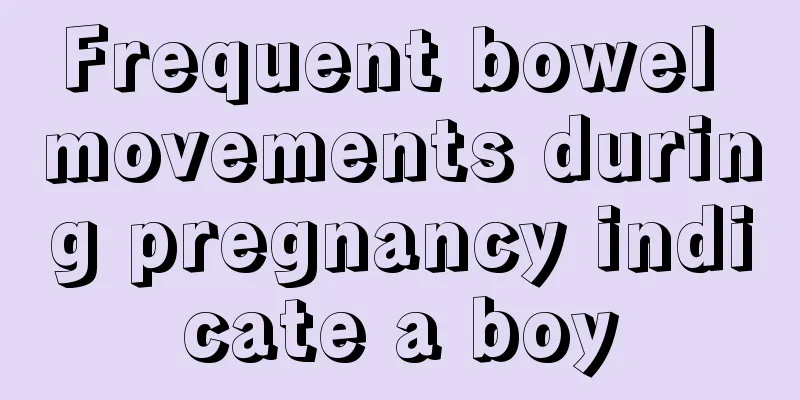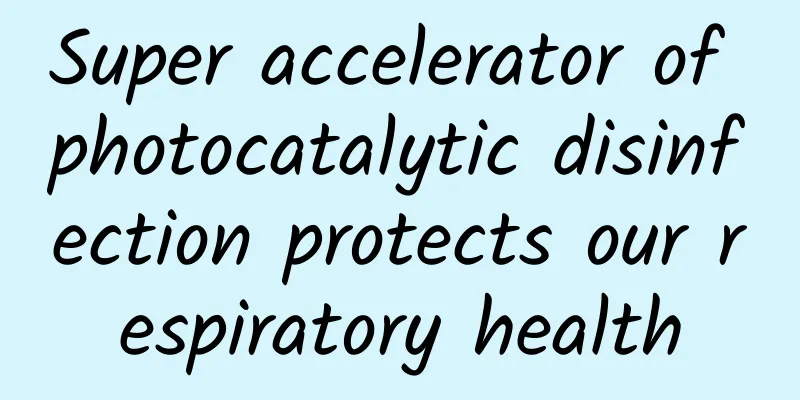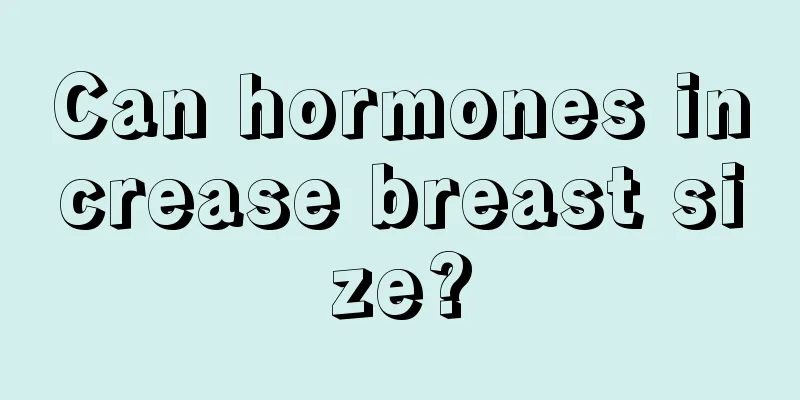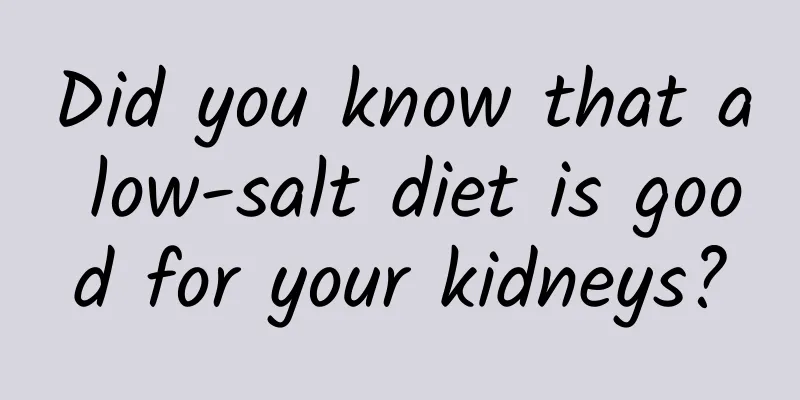Different types of hypertension require different antihypertensive drugs. Only by choosing the right antihypertensive drug can blood pressure and heart be stable.
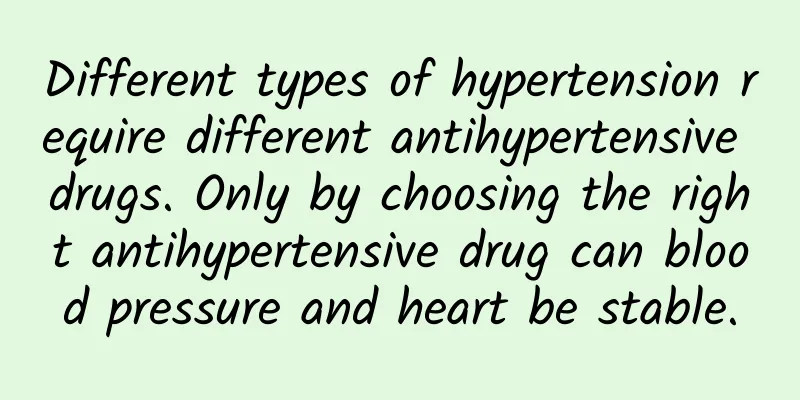
|
People with high blood pressure will find that there are so many antihypertensive drugs. Which one should they take? Why have so many antihypertensive drugs been invented? Since they can all lower blood pressure, can't we just invent one? 1. Why have so many antihypertensive drugs been invented? Lowering blood pressure is like when we attack a city. If the defenders are not strong enough, we can take the city and capture the city through one route. But if the defenders are strong and one route cannot capture the city, we have to attack from two or more routes at the same time to win. For mild hypertension, one antihypertensive drug can lower blood pressure, but for moderate to severe hypertension, it is difficult for one antihypertensive drug to achieve the blood pressure target. Only combined antihypertensive drugs can achieve the blood pressure lowering effect. 2. Antihypertensive drugs do not only have a blood pressure lowering effect The antihypertensive drugs commonly used today can not only lower blood pressure, but also have many other functions. For example, dihydropyridine antihypertensive drugs can dilate blood vessels and are suitable for patients with stable angina pectoris and hypertension; for example, pril can protect blood vessels, protect the heart, and reduce proteinuria; for example, sartan can protect vascular heart disease and prevent atrial fibrillation; for example, diuretics can promote diuresis and reduce swelling, and improve heart failure; for example, lorazepam can lower heart rate and reduce myocardial oxygen consumption, etc. We cannot simply regard antihypertensive drugs as just antihypertensive drugs. Most antihypertensive drugs are cardiovascular drugs. 3. Drug selection for different hypertension 1. Simple hypertension Pril, sartan, dipine, and diuretics can be used for monotherapy; if the effect of a single drug is not satisfactory, the ideal solution is to use a single-tablet compound preparation. Combination medication: A. Low dose of pril/sartan + dipine; B. Full dose of pril/sartan + dipine; C. In addition to pril/sartan + dipine + diuretics; D. Pril/sartan + dipine + diuretic + spironolactone. 2. Hypertension in the elderly For hypertension in the elderly, the guidelines recommend that diazepam, pril, sartan, and diuretics can all be used. When choosing antihypertensive drugs for hypertension in the elderly, it is important to start with a small dose to avoid hypotension. In addition, the elderly have many comorbidities, so it is necessary to consider all aspects and not just focus on blood pressure. 3. Young people with high blood pressure Hypertension in young people is mostly characterized by elevated low blood pressure. First of all, they should live a healthy life. Antihypertensive drugs such as pril/sartan, lolamine (fast heart rate) are the first choice. 4. Hypertension in minors Prils are one of the most commonly used antihypertensive drugs for children, and the only approved drug for children is captopril. Diuretics, approved drugs for children include triamterene, chlorthalidone, hydrochlorothiazide, and furosemide. Dipines approved for children include amlodipine. 5. Pregnant women with hypertension The most commonly used oral medications are labetalol, methyldopa and nifedipine. If necessary, low-dose thiazide diuretics can be considered. Priligy or sartan are contraindicated during pregnancy, and patients with chronic hypertension who are planning to become pregnant should also stop taking the above drugs. 6. Hypertension with concurrent diseases A. For simple hypertension combined with a fast heart rate, a resting heart rate of more than 80 beats, or an average heart rate of more than 75 beats, it is recommended to use the antihypertensive drug Lol on the one hand to lower blood pressure and on the other hand to lower heart rate. This will have a better blood pressure lowering effect and can also reduce the risk of cardiovascular disease. B. For patients with hypertension complicated with myocardial infarction, if there are no contraindications, use pril/sartan or lolamine as soon as possible to prevent heart enlargement, heart failure, arrhythmia and reduce mortality. C. For patients with atrial fibrillation, Lol and antihypertensive drugs can be used to lower heart rate. Sartan can also be used to reduce the risk of atrial fibrillation. D. For patients with combined heart failure, lol, pril/sartan and spironolactone are the basis for the treatment of heart failure and are also common antihypertensive drugs. E. If you have angina pectoris and your heart rate is fast, you can use Lol or diltiazem together to lower blood pressure and control angina pectoris. F. For patients with diabetes, it is recommended to use pril or sartan, which can help protect blood vessels, prevent diabetic nephropathy, and reduce proteinuria. G. In case of combined aortic dissection, Lol is recommended as the first choice to lower heart rate and blood pressure at the same time. H. For patients with combined kidney disease and early stage kidney disease, pril/sartan is the first choice, which is beneficial for controlling kidney disease but blood pressure should be monitored to ensure good kidney function. In short, there are many types of antihypertensive drugs. Only by choosing the antihypertensive drug that suits you can you make the best use of it, rather than just satisfying the blood pressure target. |
Recommend
Symptoms of impending labor in pregnant women
Pregnancy is a very long process. During pregnanc...
Can I have an abortion in three months of pregnancy?
It is not allowed to have an abortion in the thir...
There is a layer of callus on the soles of feet. It is necessary to deal with it as soon as possible.
Author: Tang Qin, Deputy Secretary-General of the...
Female vulva itching with small bumps
Key reminder: Female friends are easily confused ...
Why do I always have menstrual cramps at night?
Women's bodies are generally weak during mens...
Can I drink Pu'er tea during my period?
Menstruation is a special period for women, and t...
Pre-pregnancy check-up items
As the development of modernization continues to ...
What is the reason for less pink menstrual flow?
Menstruation is something that women have every m...
Urine leakage? ! It is a disease and needs to be treated!
Female friends asked: “Is it normal to cough, sne...
What are the treatments for increased premenstrual leucorrhea?
Increased vaginal discharge is a very common dise...
The harm of not removing wisdom teeth for girls
The growth of wisdom teeth is a problem that many...
Two months of pregnancy test paper can not detect
Early pregnancy test strips can be used to prelim...
Revealing the facial features of these five types of women who are destined to be beautiful but unlucky!
Yao Beina's early death made many fans sad an...
Bleeding during intercourse just after menstruation
Every normal woman will go through menstruation e...
Does Chao Zhi An have any effect on amenorrhea?
The uterus and ovaries are the root of the female...

